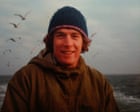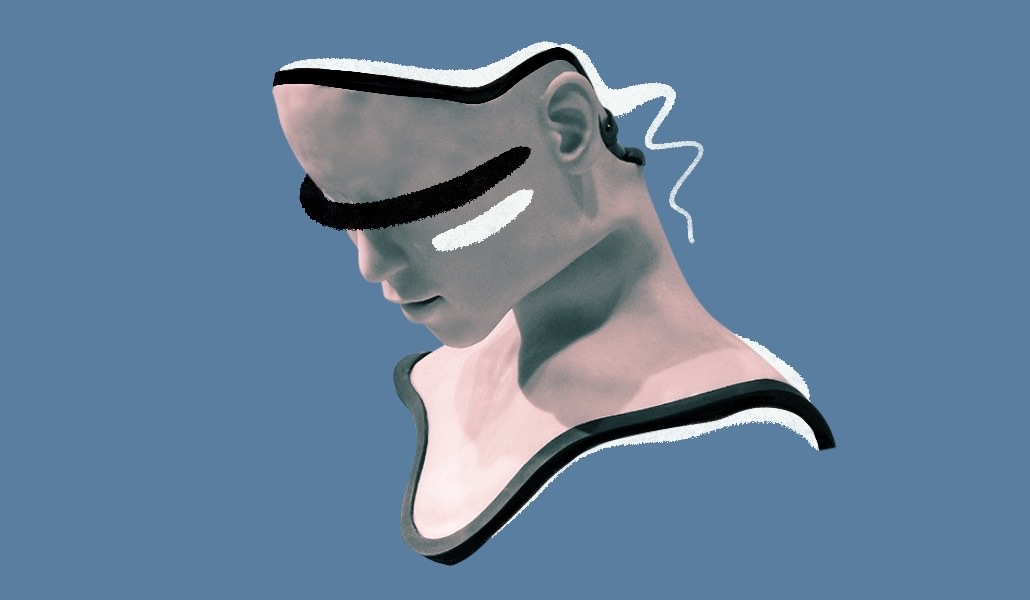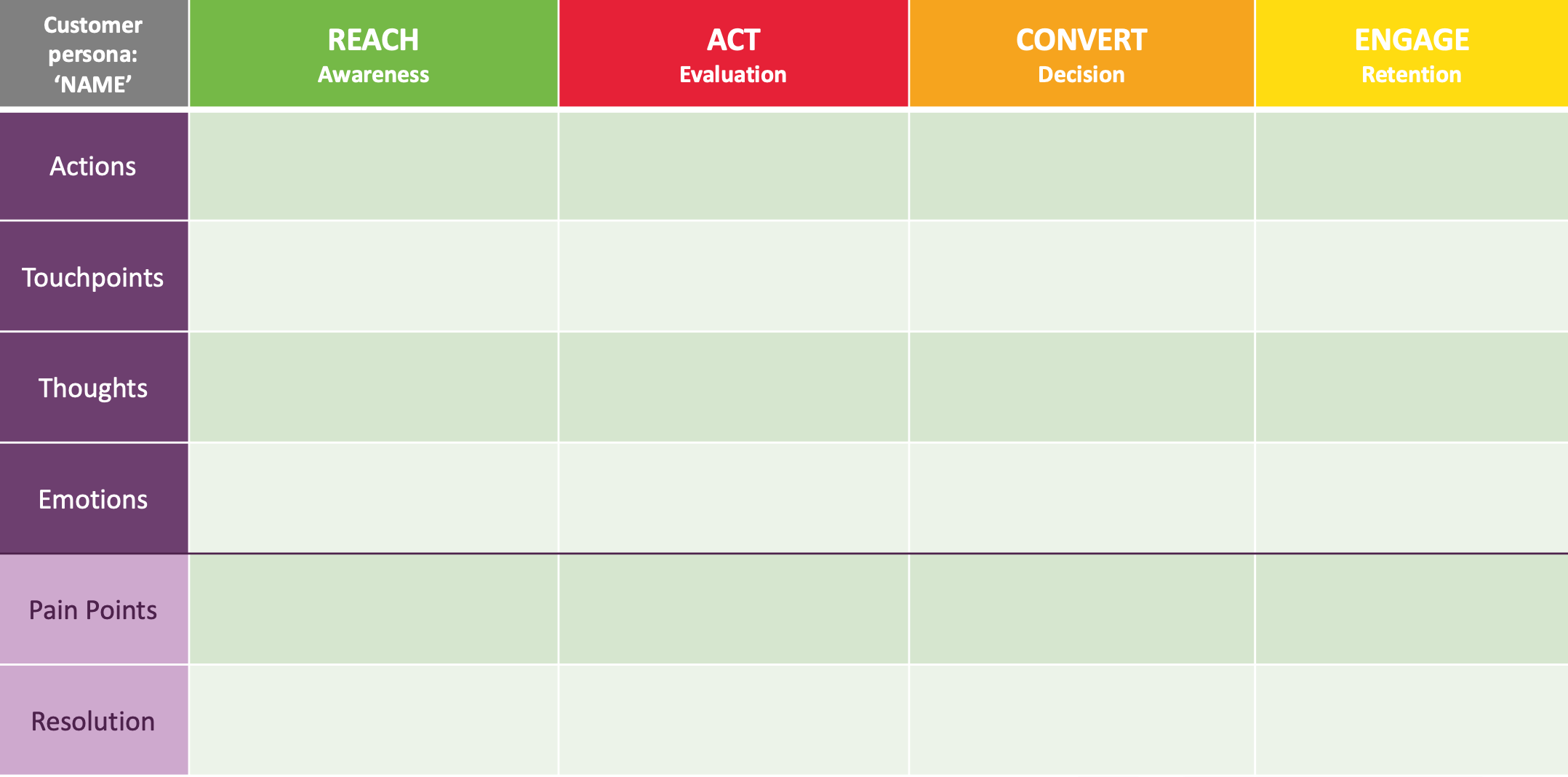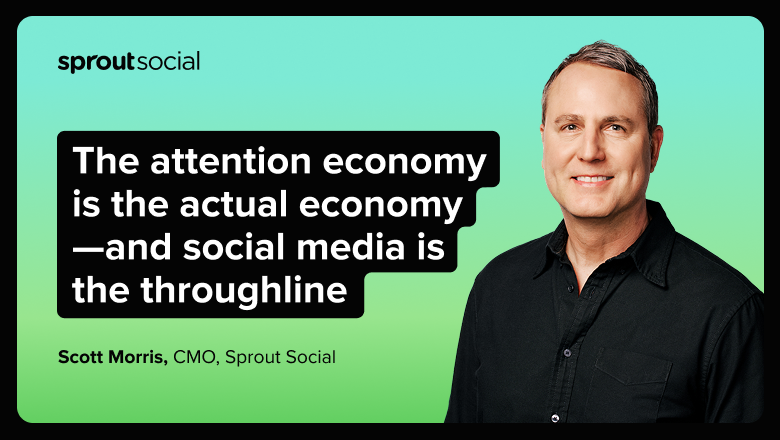A SONG FOR OLAF
The author begins the story of her beloved brother in 1993 with the striking observation that, even though they were both grown adults now, the AIDS virus has shrunk her brother’s body, leaving him “lost in the folds of an over-washed, white hospital gown.” When they were children in 1969, Olaf (as Boulanger lovingly called him) was a vivacious performer and source of joy in their household in Utica, New York. His departure for college—though the school was a mere 30-minute drive away—felt like an epic tragedy to Boulanger and her parents. By the mid-1980s, Boulanger had become a teacher with two children and Olaf had gone on to live in Chicago and Atlanta with his beloved partner, Teddy—it was during a visit that Teddy first spoke of trouble with his stomach. Suddenly, years of news reports and Olaf’s own vague references to something happening among his friends became disturbingly real to the author as Teddy’s illness progressed rapidly to full-blown AIDS. (“It could be just pneumonia,” Boulanger says to her brother about his lover, desperately trying to prolong the inevitable affirmation that AIDS had come into their family’s lives. “People get it all the time.”) Then Boulanger spotted a mulberry-colored spot on her brother’s back that she describes as “gaping” and “raw.” In devastating scenes reminiscent of classic AIDS-focused dramas like Tony Kushner’s Angels in America, Boulanger walks readers through her brother’s slow decline and his various hospital stays throughout the early 1990s before his death from the disease.With each indelible scene in the memoir’s second half, Boulanger digs into the unsettling mix of horror, love, political complexities, humor, and immense sadness that AIDS created. The imagery she crafts from her memories is raw and immensely powerful—readers will surely feel that they were in the room with her, seeing rows of “ashen-faced men with skeletal bodies reclined, their bony knees pointing upward sharply.” Her memoir is overflowing with these tiny details that pack a tremendous emotional punch. Boulanger’s movement through several time periods feels a bit wobbly at first, leaving readers with some basic questions about the family’s history, but by the time she reaches her and Olaf’s adulthood, she is in complete, impressive command of the narrative. So many elements are left simmering quietly in the background, like the rising media interest in AIDS and the subtle, almost imperceptible homophobia that she saw around Olaf. The result is an engrossing, almost suspenseful story, even if readers know how it will end. There is plenty of joy throughout, as well—Boulanger perfectly captures the siblings’ pure excitement for life as young people, and shows how Olaf maintained it, in some ways, until the very end. Her smart epilogue makes a compelling comparison between Covid-19 and AIDS, calling out the dangers of misinformation, isolation, and lack of empathy. Fortunately for readers, Boulanger shows she has plenty of empathy and wisdom to spare.


The author begins the story of her beloved brother in 1993 with the striking observation that, even though they were both grown adults now, the AIDS virus has shrunk her brother’s body, leaving him “lost in the folds of an over-washed, white hospital gown.” When they were children in 1969, Olaf (as Boulanger lovingly called him) was a vivacious performer and source of joy in their household in Utica, New York. His departure for college—though the school was a mere 30-minute drive away—felt like an epic tragedy to Boulanger and her parents. By the mid-1980s, Boulanger had become a teacher with two children and Olaf had gone on to live in Chicago and Atlanta with his beloved partner, Teddy—it was during a visit that Teddy first spoke of trouble with his stomach. Suddenly, years of news reports and Olaf’s own vague references to something happening among his friends became disturbingly real to the author as Teddy’s illness progressed rapidly to full-blown AIDS. (“It could be just pneumonia,” Boulanger says to her brother about his lover, desperately trying to prolong the inevitable affirmation that AIDS had come into their family’s lives. “People get it all the time.”) Then Boulanger spotted a mulberry-colored spot on her brother’s back that she describes as “gaping” and “raw.” In devastating scenes reminiscent of classic AIDS-focused dramas like Tony Kushner’s Angels in America, Boulanger walks readers through her brother’s slow decline and his various hospital stays throughout the early 1990s before his death from the disease.
With each indelible scene in the memoir’s second half, Boulanger digs into the unsettling mix of horror, love, political complexities, humor, and immense sadness that AIDS created. The imagery she crafts from her memories is raw and immensely powerful—readers will surely feel that they were in the room with her, seeing rows of “ashen-faced men with skeletal bodies reclined, their bony knees pointing upward sharply.” Her memoir is overflowing with these tiny details that pack a tremendous emotional punch. Boulanger’s movement through several time periods feels a bit wobbly at first, leaving readers with some basic questions about the family’s history, but by the time she reaches her and Olaf’s adulthood, she is in complete, impressive command of the narrative. So many elements are left simmering quietly in the background, like the rising media interest in AIDS and the subtle, almost imperceptible homophobia that she saw around Olaf. The result is an engrossing, almost suspenseful story, even if readers know how it will end. There is plenty of joy throughout, as well—Boulanger perfectly captures the siblings’ pure excitement for life as young people, and shows how Olaf maintained it, in some ways, until the very end. Her smart epilogue makes a compelling comparison between Covid-19 and AIDS, calling out the dangers of misinformation, isolation, and lack of empathy. Fortunately for readers, Boulanger shows she has plenty of empathy and wisdom to spare.













_1.jpg)









![How To Drive More Conversions With Fewer Clicks [MozCon 2025 Speaker Series]](https://moz.com/images/blog/banners/Mozcon2025_SpeakerBlogHeader_1180x400_RebeccaJackson_London.png?auto=compress,format&fit=crop&dm=1750097440&s=282171eb79ac511caa72821d69580a6e#)

![Brand and SEO Sitting on a Tree: K-I-S-S-I-N-G [Mozcon 2025 Speaker Series]](https://moz.com/images/blog/banners/Mozcon2025_SpeakerBlogHeader_1180x400_LidiaInfante_London.png?auto=compress,format&fit=crop&dm=1749465874&s=56275e60eb1f4363767c42d318c4ef4a#)

























![The 11 Best Landing Page Builder Software Tools [2025]](https://www.growthmarketingpro.com/wp-content/uploads/2024/04/best-landing-page-software-hero-image-1024x618.png?#)







































![How to Create an SEO Forecast [Free Template Included] — Whiteboard Friday](https://moz.com/images/blog/banners/WBF-SEOForecasting-Blog_Header.png?auto=compress,format&fit=crop&dm=1694010279&s=318ed1d453ed4f230e8e4b50ecee5417#)




![What Is a Markup Language? [+ 7 Examples]](https://static.semrush.com/blog/uploads/media/82/c8/82c85ebca40c95d539cf4b766c9b98f8/markup-language-sm.png)













































